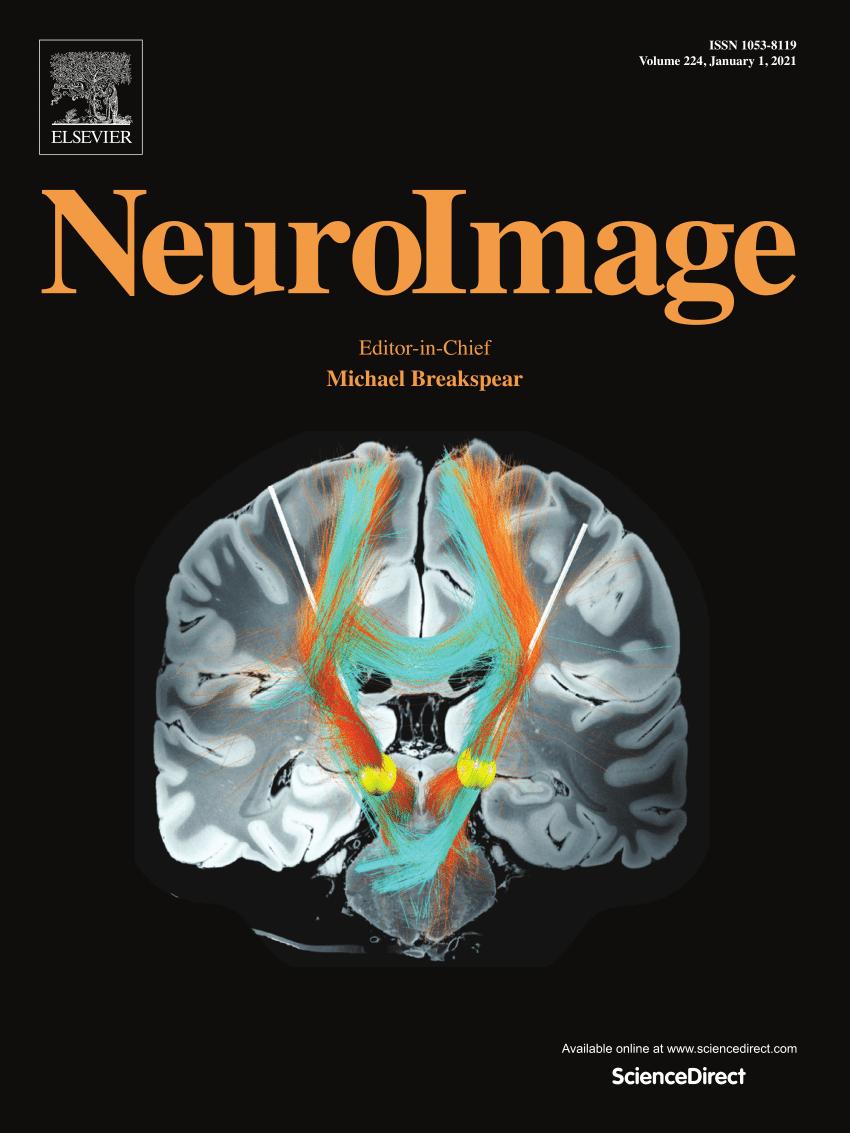功能超声作为定量测量衰老模型功能性充血的方法
IF 4.5
2区 医学
Q1 NEUROIMAGING
引用次数: 0
摘要
背景与目的:衰老与脑血管功能受损有关,包括功能性充血(FH)减少,而功能性充血会导致认知能力下降和痴呆。揭示衰老过程中FH下降的机制对于开发促进健康大脑衰老和减轻认知障碍的干预措施至关重要。目前,激光散斑对比成像(laser speckle contrast imaging, LSCI)是评估认知功能障碍和衰老小鼠FH的标准方法。然而,作为一种终末期手术,使用LSCI长期监测FH的变化是不可能的。与LSCI相比,功能性超声成像(fUS)提高了空间和时间分辨率,是一种很有前途的替代方法,但使用fUS评估FH需要对小鼠模型进行手术操作。研究设计和方法:在这里,我们使用时间衰老模型验证了fUS作为评估小鼠FH和血管密度的新方法,并比较了不同的手术模式。在手术放置颅窗后,对年轻和年老小鼠进行fUS和LSCI连续成像。小鼠在急性期或放置窗口后14天进行成像。结果:我们的研究结果显示,在窗口植入后14天恢复的小鼠中,通过fUS获得的FH测量值与LSCI之间存在强大的相关性,强调了fUS作为测量工具的可靠性。同样,通过窗口植入后14天的恢复时间,fUS超声定位显微镜(ULM)检测年龄相关血管稀疏的能力得到提高。讨论和启示:本研究不仅强调了fUS在FH评估中的潜力,而且还提示了术后恢复时间对最佳脑血管成像结果的重要性。本文章由计算机程序翻译,如有差异,请以英文原文为准。
Functional ultrasound as a quantitative approach for measuring functional hyperemia in aging models
Backgrounds and Objectives: Aging is associated with impaired cerebrovascular function, including reduced functional hyperemia (FH), which contributes to cognitive decline and dementia. Unraveling the mechanisms responsible for FH decline during aging is crucial for developing interventions to promote healthy brain aging and mitigate cognitive impairment. Currently, laser speckle contrast imaging (LSCI) serves as the standard method for assessing FH in mouse models of cognitive dysfunction and aging. However, as a terminal procedure, long-term monitoring of changes in FH using LSCI is not possible. Functional ultrasound imaging (fUS) has improved spatial and temporal resolution compared to LSCI and is a promising alternative, but surgical manipulation of the mouse model is necessary to assess FH using fUS. Research Design and Methods: Here, we validated fUS as a novel method for assessing FH and vascular density in mice using a chronological aging model and compared different surgical paradigms. Young and aged mice underwent consecutive imaging with fUS and LSCI following surgical placement of a cranial window. Mice were imaged either acutely or 14 days post window placement. Results: Our findings revealed a robust correlation between the FH measurements obtained from fUS and LSCI in mice allowed to recover for 14 days post window-implantation, underscoring the reliability of fUS as a measurement tool. Similarly, the ability of fUS ultrasound localization microscopy (ULM) to detect age-related vascular rarefaction was improved by the 14-day recovery time after window implantation. Discussion and Implications: This study not only highlights the potential of fUS in FH assessment but also suggests the importance of recovery time post-surgery for optimal cerebrovascular imaging results.
求助全文
通过发布文献求助,成功后即可免费获取论文全文。
去求助
来源期刊

NeuroImage
医学-核医学
CiteScore
11.30
自引率
10.50%
发文量
809
审稿时长
63 days
期刊介绍:
NeuroImage, a Journal of Brain Function provides a vehicle for communicating important advances in acquiring, analyzing, and modelling neuroimaging data and in applying these techniques to the study of structure-function and brain-behavior relationships. Though the emphasis is on the macroscopic level of human brain organization, meso-and microscopic neuroimaging across all species will be considered if informative for understanding the aforementioned relationships.
 求助内容:
求助内容: 应助结果提醒方式:
应助结果提醒方式:


